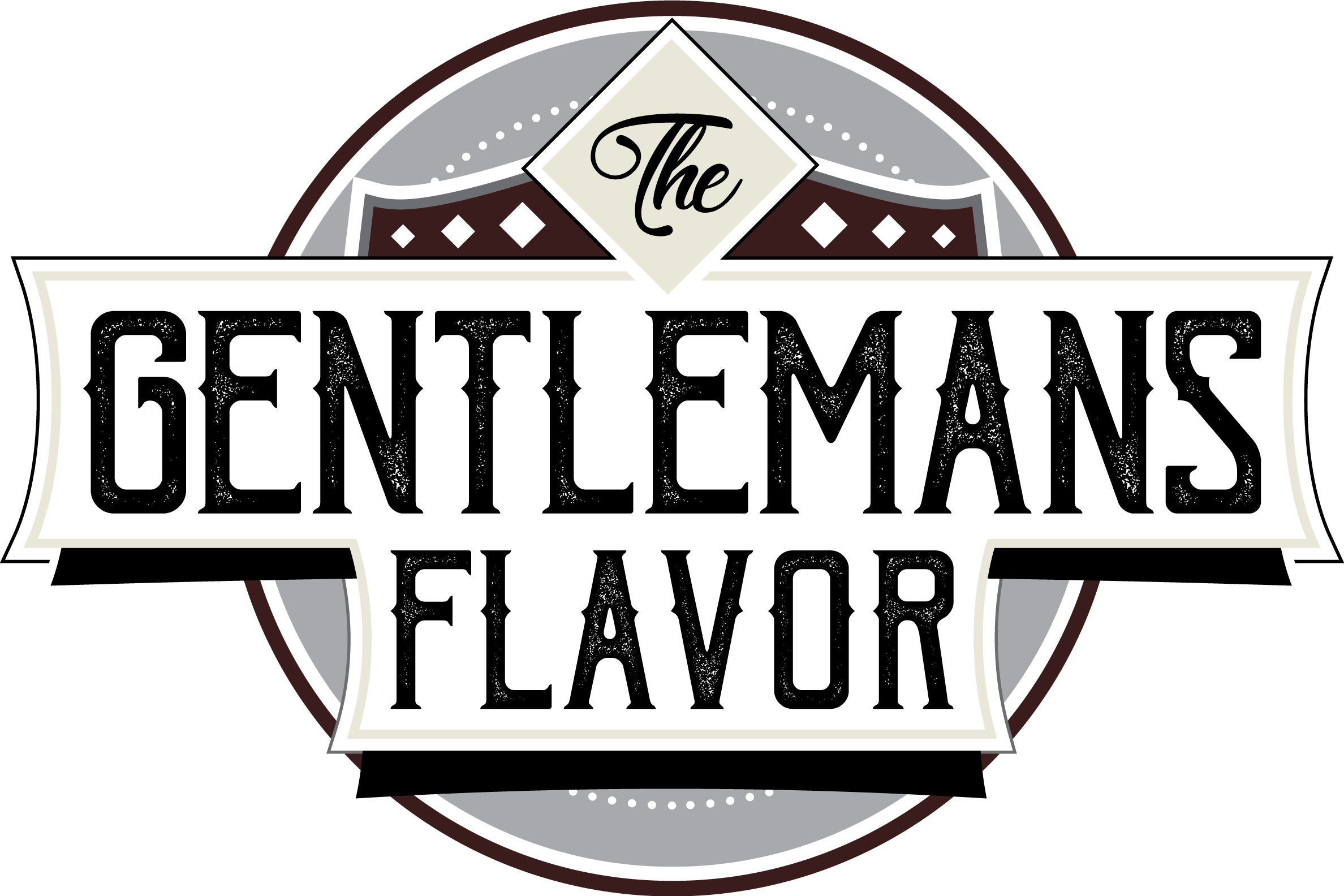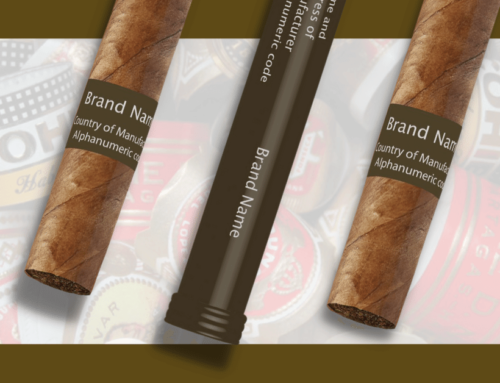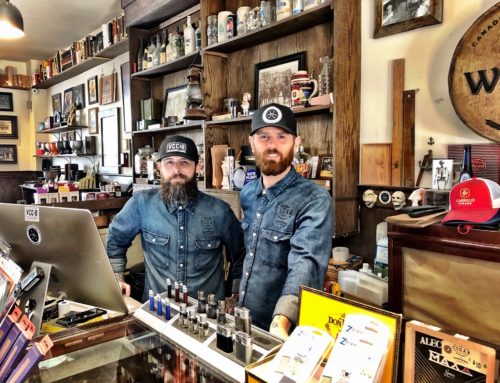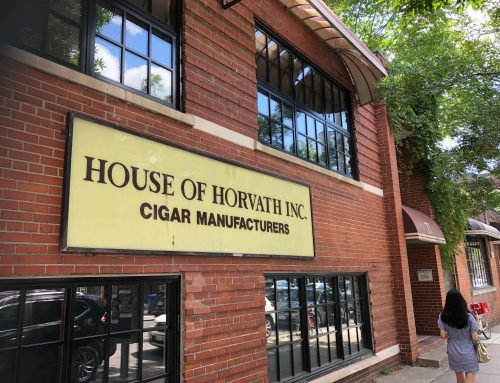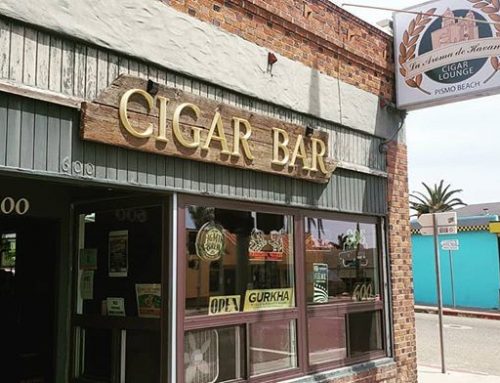Before literacy rates were as high as they are today, we often relied on identifiable iconography and symbols for means of signage and advertising that could be easily recognized by all, regardless of one’s spoken language or ability to read. Our forefathers tackled these issues, which resulted in the creation of a great deal of iconography that we still recognize and use today.
Many years ago, barbers for example used white poles in front of their establishments to advertise the services provided inside. Early barbers were also in the business of actually providing medical services in addition to grooming. Believe it or not, bloodletting and the lancing and removal of other skin issues were all provided by a local barber. Barbers would wrap their blood covered bandages around their pole which over time has evolved into the classic spinning barber pole we all know today. Similarly, the green cross is an internationally recognized symbol for a pharmacy/apothecary and the red cross signifies a hospital or location for medical aid.
So how then, did the tobacconist advertise the goods to be found inside his establishment? The answer is the cigar store Indian.

A classic cigar store Indian is depicted bearing tobacco
As early as the 17th century, Europeans were well aware of the connection between tobacco and the native population of the Americas, so a statue of an ‘Indian’ carrying cigars or a pipe seemed perfectly natural as a form of tobacco advertising.
Around this time, much of the population was illiterate. Being in the times before widely accessible literature and before photography, many carvers of cigar store indians had never actually seen a Taìno indian (the first recorded native peoples to smoke tobacco and provide it to Christopher Columbus) – or any other type of native people for that matter. As a result, the artisans tended to gravitate towards carving attributes of African people, whom they would have been slightly more familiar with than the Taìno natives who populated what is now known as the Dominican Republic.

A depiction of Columbus encountering the Taìno indians bearing tobacco
As early as the 17th century, Europeans were well aware of the connection between tobacco and the native population of the Americas, so a statue of an ‘Indian’ carrying cigars or a pipe seemed perfectly natural as a form of advertising.”
Cigar store Indians have been typically made from wood. Smaller versions can be of a cast metal, and they often feature a native figure with a form of headdress or feathers holding a bundle of cigars, a pipe, or a tobacco leaf. Occasionally they are painted in bright colours to attract the attention of a passerby on the street. They range in size from small table top bust displays to full body larger-than-life sized.
Though many tobacconists today still choose to display a cigar store Indian in or outside their stores, the statues have become relatively controversial in what is occasionally regarded as a stereotypical depiction a native as a form of noble savage. They have also been criticized for being an inauthentic, inaccurate historical portrayal of such indigenous populations.

Despite criticisms, many tobacconists continue to incorporate cigar store Indian statues into their display
On a personal note, I am somewhat indifferent to the cigar store Indian. I regard them as a form of traditional relic that tends to blend with and complement the traditional wood and panel decor interior of many cigar shops. I also think that when they are well carved, they serve as a memorial and pay homage to the first brave Taìno who introduced tobacco leaves to Columbus, thus and started the Western world on a journey towards the daily enjoyment of tobacco products.
– Sean Douglass
